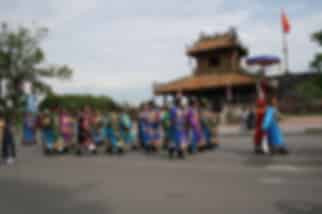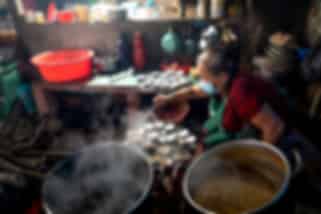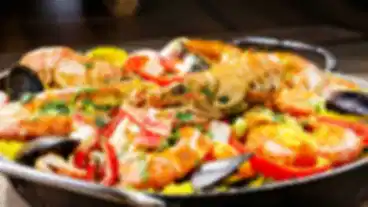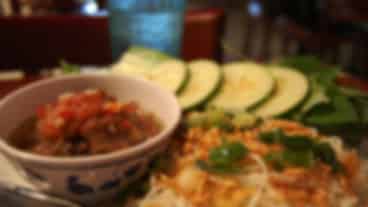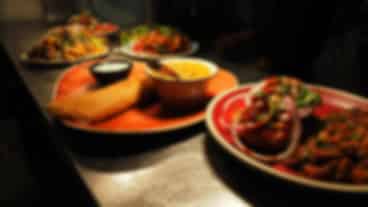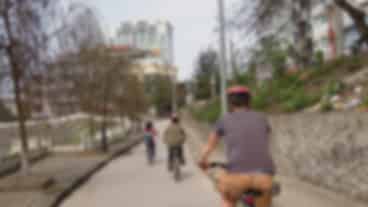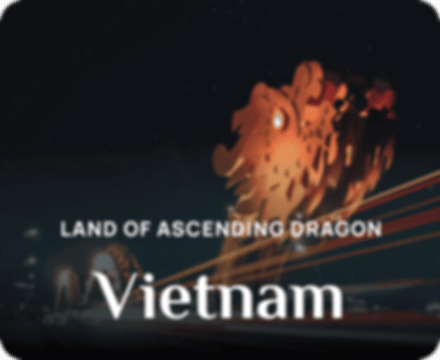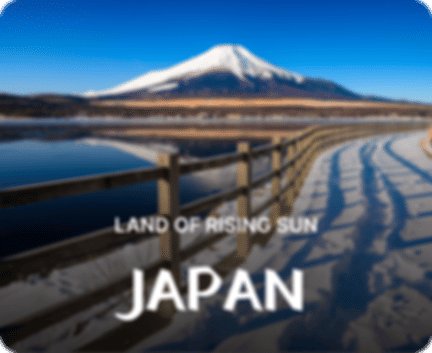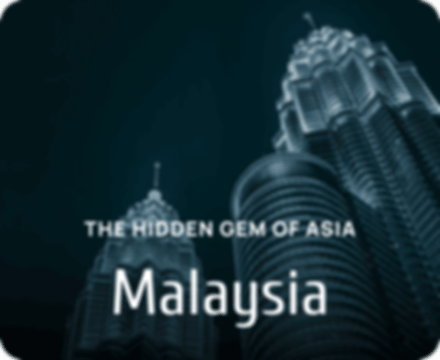Vietnam Tea Plantation Tours: Complete Guide to Tasting and Harvesting
Author
Adrija Das
Updated Date
October 29, 2025
Read
5 minutes
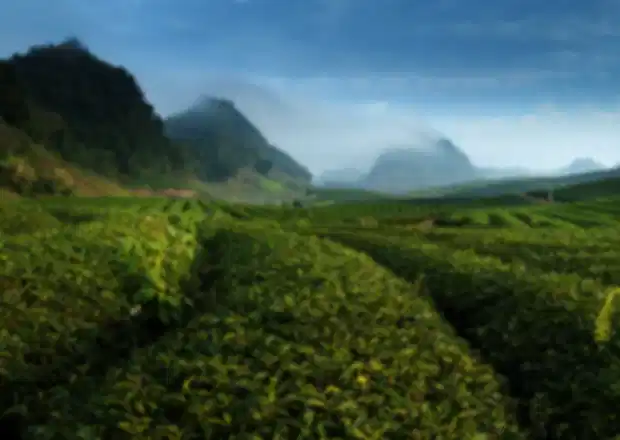
Discover authentic Vietnam tea plantation tours across misty highlands and terraced estates. From Moc Chau’s oolong fields to Thai Nguyen’s historic tea belt, these immersive experiences combine tea tasting, hands-on harvesting, and cultural exploration. Whether you’re seeking green tea processing demonstrations or full-day tea harvest experiences, Vietnam’s plantations offer year-round access with peak seasons from December to May. This guide covers the best time to visit Vietnam tea plantations, booking options, regional highlights, and practical tips for tea tours from Hanoi and Da Lat tea estate visits.
Best Time to Visit Vietnam Tea Plantations
The optimal window for Vietnam tea tours runs during the dry season:
- December–February: It is the best time to visit Vietnam with cool weather, active harvest, and minimal rain
- March–May: Spring flush season, vibrant fields, ideal light for photography
- June–November: Monsoon season (fewer tours, muddy trails)
Pro Tip: Book 6–8 weeks ahead for December–February slots when demand peaks.
Top 4 Vietnam Tea Regions: Where to Experience Tea Culture

Vietnam Tea Regions, Where You Can Experience Tea Culture
Moc Chau: High-Altitude Green Tea Hub
Fog-draped plateaus, premium oolong tea from Vietnam production, photographer’s paradise
- Tea Types: Green tea, oolong, artisan small-batch blends
- Tour Activities: Tea tasting, light harvesting, scenic walks
- Best For: First-timers, photographers, gentle terrain
Thai Nguyen: Vietnam’s Historic Tea Capital
Visit this region for commercial tea heartland, factory tours, structured tea cupping sessions
- Tea Types: Assertive green tea, robust black tea
- Tour Activities: Industrial processing tours, hands-on picking, formal tastings
- Best For: Tea enthusiasts, educational deep-dives
Da Lat (Lam Dong): Boutique Tea & Cool Climate
Alpine scenery, boutique tea estate tours in Vietnam, cultural immersion.
- Tea Types: Floral oolong, aromatic green tea, fusion blends
- Tour Activities: Full harvest participation, market visits, homestays
- Best For: Active travellers, cultural explorers
Tan Cuong: Traditional Tea Village
Heritage tea methods, family-run estates, authentic rural experience.
- Tea Types: Classic Vietnamese green tea, artisanal black tea
- Tour Activities: Small-group harvesting, traditional processing
- Best For: DIY harvesters, cultural purists
How to Book Vietnam Tea Plantation Tours
- Direct Booking: Contact family estates or provincial tourism offices (budget-friendly, requires Vietnamese language skills)
- Local Tour Operators: Mid-range option with transport, English guides, meal inclusions
- Curated Platforms: Services like Pickyourtrail handle visas, logistics, custom itineraries, ideal for international travellers
Tour Budget Breakdown (Updated 2026)
| Tour Type | Duration | Inclusions | Price (VND) |
| Half-Day Tasting | 4 hours | Guided walk, cupping, snack | 800,000–1,200,000 |
| Full-Day Harvest | 8 hours | Harvest, processing demo, lunch, samples | 2,000,000–3,500,000 |
| 2-Day Cultural Loop | 2 days/1 night | Estate visits, homestay, meals, markets | 5,000,000–8,000,000 |
| Private Custom Tour | Flexible | All inclusions + personalised itinerary | 4,000,000+ |
What to Expect: A Typical Tea Plantation Tour Day
Morning (7:00 AM)
Early start at plantation gates, briefing on cultivars, grading systems, and harvest techniques.
Harvest Session (8:00–11:00 AM)
Learn the “two leaves and a bud” picking method. Guides provide real-time feedback. Wear long pants, closed shoes, and sun protection.
Processing Demonstration (11:30 AM)
Watch withering, rolling, oxidation, and firing processes. Understand the differences between green tea, oolong, and black tea in Vietnam.
Tea Cupping Workshop (12:30 PM)
Formal tasting protocol: assess dry leaves → wet leaves → brewed liquor. Identify vegetal, floral, and toasted flavour notes.
Lunch & Market Visit (optional on full-day tours)
Sample local cuisine, purchase loose-leaf teas, and explore regional culture.
How to Ship Vietnamese Tea Home
- On-Site Purchase: Standard at all plantations
- Export Documentation: Phytosanitary certificates, customs forms (handled by premium operators)
- Shipping Timeline: 2–4 weeks international delivery
- Cost: Factor 300,000–500,000 VND per kilogram shipping fees
Sustainable Tea Tourism: Choosing Ethical Tours

Explore Vietnam Tea Plantations
Eco-Certified Operators:
Prioritise boutique farms in Da Lat and family estates in Lam Dong with sustainability credentials.
Direct Buying:
Purchase tea on-site to maximise farmer earnings and ensure authenticity.
Conclusion: Your Ultimate 2026 Vietnam Tea Plantation Tour Guide for Tasting, Harvesting & Cultural Experiences
Vietnam tea plantation tours deliver authentic experiences across Moc Chau’s misty highlands, Thai Nguyen’s historic estates, and Da Lat’s boutique farms. With peak seasons from December–May, hands-on tea harvesting, and tea cupping workshops, these tours cater to all travel styles, from casual tasters to cultural immersion seekers. Book early for dry-season availability, prioritise ethical operators, and explore direct purchasing to support local growers. Whether you’re sipping floral oolongs or learning traditional processing techniques, Vietnam’s tea regions offer unforgettable journeys into Asia’s thriving tea culture. Plan your next trip with Pickyourtrails’ best Vietnam tour Packages for a hassle-free trip experience.
FAQs
1. When is the best time to visit Vietnam’s tea plantations?
The ideal period for Vietnam tea tours is December–May during the dry season and harvest cycles. December–February offers cool weather, while March–May captures spring flush teas. Avoid the June–November monsoon months.
2. How much does a tea plantation tour in Vietnam cost in 2026?
Half-day tea tasting tours range from 800,000–1,200,000 VND. Full-day tea harvest experiences cost 2,000,000–3,500,000VND . Multi-day cultural tours start at 5,000,000 VND per person, including accommodation and meals.
3. Can beginners participate in tea harvesting in Vietnam?
Yes. All Vietnam tea plantation tours welcome first-timers with guided instruction. The “two leaves and a bud” picking method is simple, and mentors provide hands-on training during harvest sessions.
4. Which region has the best tea plantations in Vietnam?
Moc Chau excels for oolong and scenery. Thai Nguyen is Vietnam’s historic tea capital with robust green teas. Da Lat offers boutique experiences and alpine climates. Choose based on tea type preference and travel style.
5. How do I book a tea tour from Hanoi to Thai Nguyen?
Book through local operators, provincial tourism offices, or curated platforms like Pickyourtrail. Thai Nguyen is 90 minutes from Hanoi, with day trips and multi-day options available. Confirm transport, guide language, and meal inclusions upfront.
Recommended articles for you
Discover Packages


Need help in planning?
Talk to our Travel Experts


